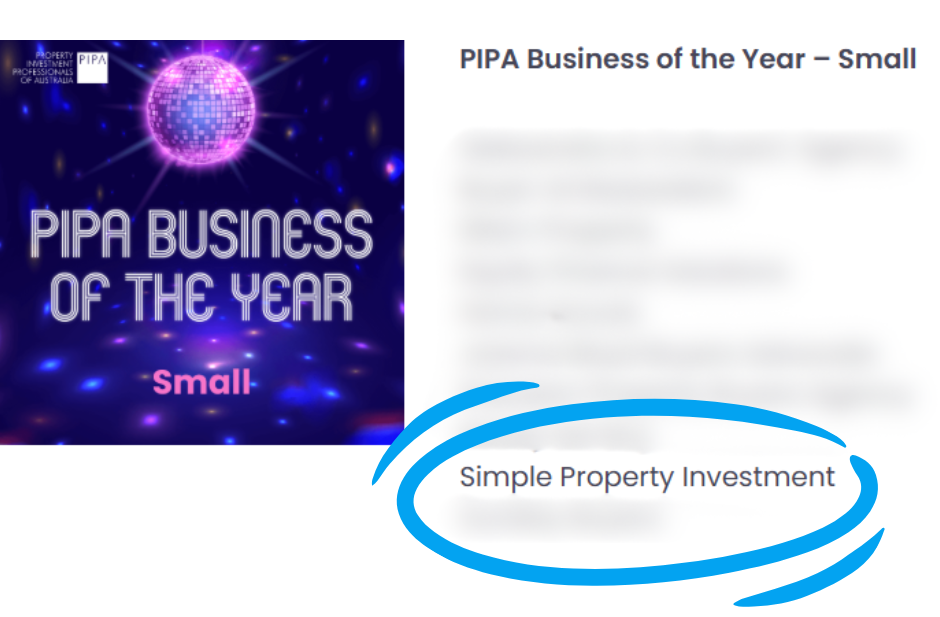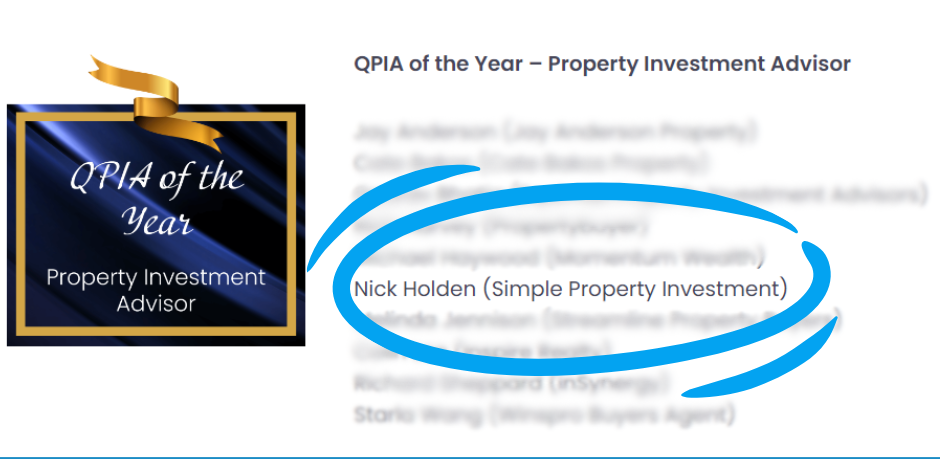Nick Menz is the National Director of Acquisitions for the ASPIRE Advisor Network. In this interview, you’ll get an insight on mini development properties, including how to identify them, ballpark figures for investment, and the types of clients this strategy may suit.
Listen to the interview in audio or read the transcript below.
–
Thank you for joining us Nick, how long have you been in your current role and what does it involve?
Why, you’re welcome, thanks for having me. I have been running acquisitions for the Aspire Network in a full-time capacity for 5 years.
Our national network consists of property advisors and their referral networks across the country, all with different tastes and preferences in properties for their clients.
My role is to source properties to cater for these investment strategies and maintain relationships with our preferred suppliers.
More recently you have been putting together mini-development packages on behalf of clients. Can you please tell us a little about that?
As freehold property in blue chip areas has priced many investors out of the market, they have looked further afield to generate an opportunity for capital growth.
In doing a mini development to either build and hold or build to sell, they have the opportunity to bank a “developer’s profit”.
If holding the property on completion of the build, it generates multiple sources of rental income, generally increasing the yield over traditional buy and hold residential investments.
This can start as a duplex – buy a block of land, build 2 dwellings on it that can be subdivided / strata titled to provide two dwellings to sell or rent out. As land size and budget increases, the investment could be 3,4 or more dwellings on a block.
My role has been to oversee and co-ordinate the parties involved in bringing these packages to reality: sourcing land, overseeing the consultants and build along with our support team.
Are these opportunities hard to come by? What goes in to identifying them?
Finding the good opportunities is hard. I apply the same research methodology we use with all our properties to identify performing or under-performing areas with good growth prospects, solid rental appeal with access to employment zones and lifestyle amenities.
But then it is not as simple as buy land and build, it is a case of understanding zonings, council appetites, timeframes involved, specialist consultants that may be required for reports (from overlays, slope or drainage for example), being able to conduct a quick site assessment for approximate site yield, build design and cost.
So, once you understand this formula, can you do it anywhere? Are all areas around Australia the same?
The simple answer is YES, it can be done anywhere in Australia. The real answer is that each council zone is different and each zone within that council area has different criteria, minimum land size and acceptable outcomes.
What ball-park investment would we be looking at for a typical duplex?
This depends on the property type, land size, location and infrastructure charges.
As a base level in a regional centre, say $500k.
For a lifestyle location in a major coastal regional centre, then $750k-$950k is realistic.
A capital city location will stretch higher again.
It is important to set a price comparison and understand what and where you can buy for the budget.
Does this make it more risky than building a house and land investment?
The old saying is “Profit is the reward to risk” – this applies here.
While there is the opportunity to make equity upside for developing a block, there is also the chance of spending money on consultants, land and sourcing costs and not get the outcome you were hoping for.
Make sure you have a sound plan B in case it doesn’t work out.
What sort of client would this strategy suit?
This could suit a client that has a solid portfolio already and is looking for something with a quicker potential reward.
This investor may need to bulk up their equity position and income from their portfolio to strengthen their position with their lender(s).
This could also be for an investor who has good income and equity currently who is looking to grow a portfolio more aggressively in a shorter time-frame through positive returns.
Thirdly an investor that is downsizing or has cash but wants an income from property in their portfolio, the multiple rental revenue sources can work well.
Can you please give some advice to those who would like to do this on their own?
There is no such thing as doing this on your own. Ensure you have a strong team around you.
A good town planner makes your life much easier. Most investors will require a good finance broker (this is more complex than a simple property purchase loan), a builder that has experience in multi dwelling sites, a land sourcing agent that understands what you are looking to achieve.
–
Thank you very much Nick for sharing these insights with us.













